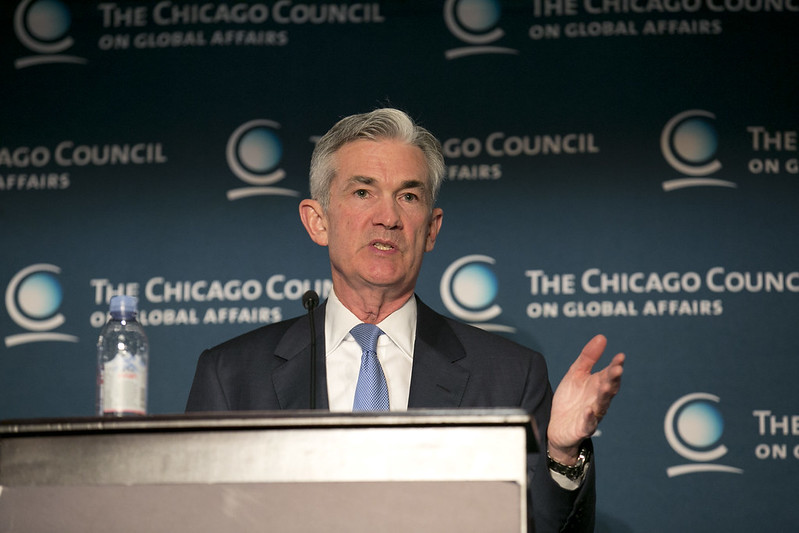
- Inflation pressures are starting to show up in manufacturing surveys
- Fed maintains a dovish stance
- Markets are already anticipating tightening in 2022
- Nominal versus core is the spread to watch
- All eyes will be on the dot plot
The Fed will render its policy decision and hold a press conference today and unlike the past several meetings the event could be very market moving depending on the tone of the communique.
Although the market does not expect policy changes from the Fed and the broad consensus is that Fed Chair Powell will maintain his dovish tone the markets are clearly becoming concerned about the prospect of inflation and the possibility of any Fed tightening in 2022.
Inflation pressures are starting to show up in manufacturing surveys
Over the past several months it has become more evident that the US economy is starting to recover from the COVID imposed lockdowns faster than anticipated and that supply chain constraints are clearly having a strong upward impact on price of inputs. Although the higher price pressures have yet to make into the broad CPI readings they are showing up in prices paid components of various manufacturing surveys. The latest data point from Empire Manufacturing shows that input prices have risen at the fastest pace in a decade.
Markets are already anticipating tightening in 2022
So far the Fed has insisted that price pressures are temporary and that at present it is best to err on the side of greater rather smaller monetary and fiscal stimulus in order to ensure that the US economic recovery takes off in earnest. The markets however, are already starting to discount a shift towards tighter monetary policy. US 10 year yields continue to make fresh yearly highs nearly every day rising to 1.63% while Fed Funds futures are starting to price in greater chance of rate hikes by 2022 and even end of 2021. Most importantly as some analysts have pointed out the spread between the 2Y and the 3Y yield has widened from a mere 5 basis points just a few months ago to more than 20 basis points. The steepening indicates that markets are clearly looking at a hike in rates next year.
Nominal versus core is the spread to watch
As we’ve pointed out before, the true measure of inflation will show up in the nominal versus core CPI statistics. If the nominal readings start to exceed the core measures by 50 basis points or more the Fed will have no choice but admit that inflationary impulses are starting to propagate throughout the economy and will need to begin taking measures to curtail price pressures. Although inflation readings did increase in February the spread between nominal and core reading remains contained at 30 basis points and Chair Powell is likely to affirm the bank’s dovish stance.
All eyes will be on the dot plot

Still any shift in posture from Powell will likely be taken as a tacit sign of acceptance than inflation pressures are starting to concern policymakers. More importantly all eyes will glued to the dot plot to see if any board members have shifted their expectations 12 months forward.
The problem of inflation remains the key nagging point for both the Fed and the markets. At this point it’s unclear if the recent spike in prices is simply the result of supply chain disruptions cause by COVID and should ease materially as more capacity comes on line or if the rise in input prices is a true measure of resource constraints that could usher in an unwelcome cycle of ever higher inflation expectations. The Fed has continued to insist that it remains to be the former, but today could be the first day when some policymakers may begin to hint that it is later.





